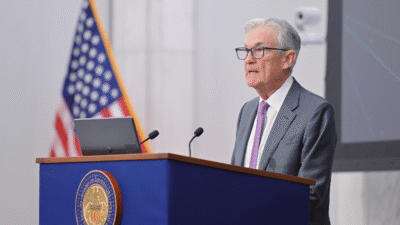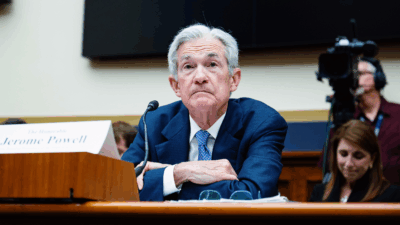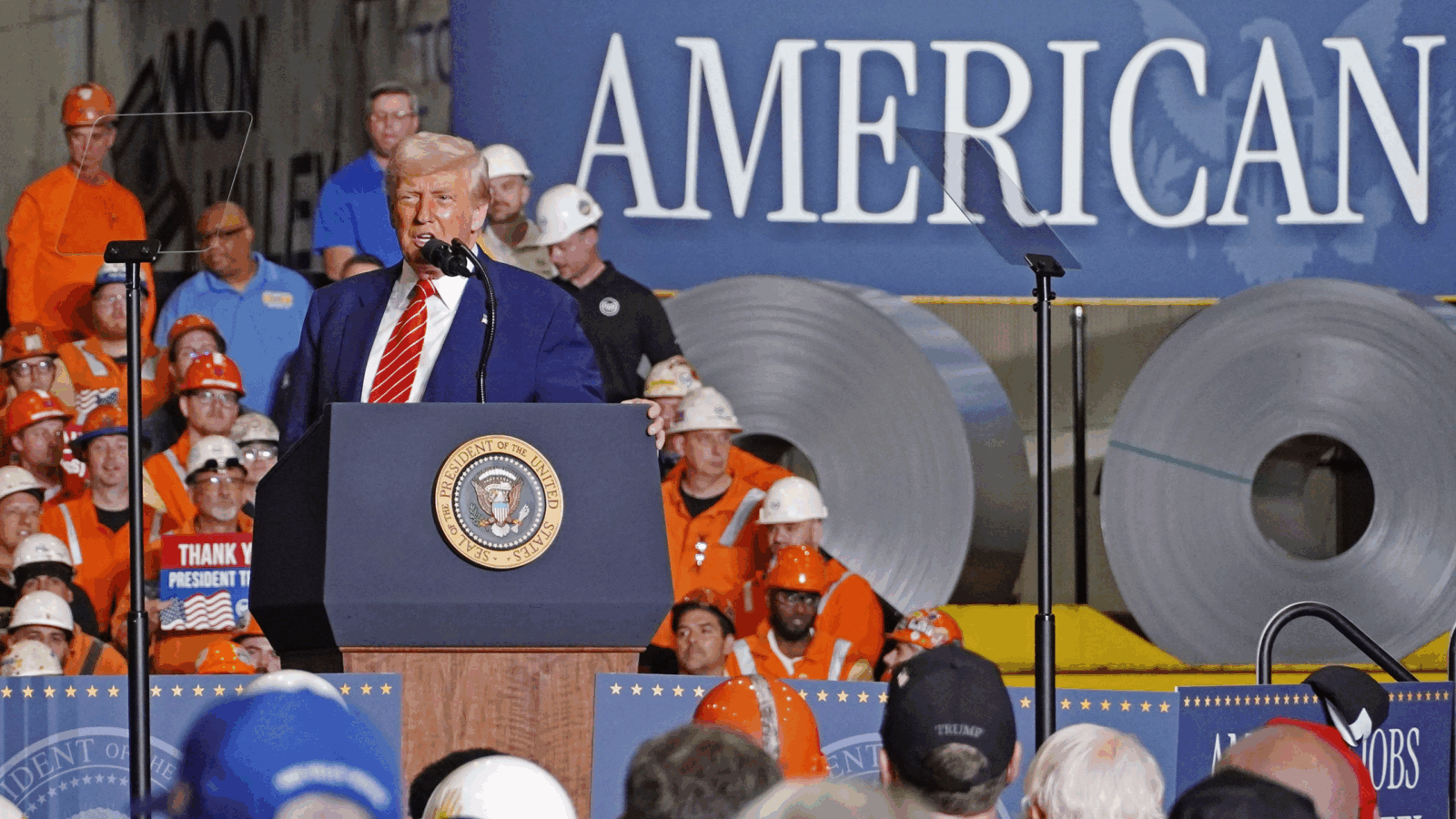US Economy Trending Toward ‘Goldilocks’ Scenario: S&P Global
S&P Global’s US Composite Purchasing Managers’ Index shows business activity grew the fastest in over two years this month.

Sign up for smart news, insights, and analysis on the biggest financial stories of the day.
If America is on the cusp of a “Goldilocks scenario,” then Europe may have to make do with cold porridge.
The latest data from S&P Global’s US Composite Purchasing Managers’ Index (PMI), released Wednesday, shows business activity grew the fastest in over two years this month. Meanwhile, the equivalent measure for the eurozone showed little growth, and a surprise slump in Germany.
Wurst-Case Scenario
The US composite PMI, which accounts for services and manufacturing activity, rose to 55 this month from 54.8 in June — it was expected to dip slightly. Just as important, average prices for goods and services rose the slowest since January and the second-slowest since October 2020. Put these two together and the data is trending just right.
“The flash PMI data signal a ‘Goldilocks’ scenario at the start of the third quarter, with the economy growing at a robust pace while inflation moderates,” said Chris Williamson, S&P Global’s chief business economist, in a report. The eurozone PMI, meanwhile, isn’t earning fairy-tale comparisons:
- The area’s July PMI composite index came in at 50.1, down from 50.8 in June, which Carsten Brzeski, ING Research’s global head of Macro, noted is “dangerously close” to the 50 threshold of contraction. France, the area’s second-largest economy, didn’t grow, but its 49.5 reading bested most estimates thanks to service-sector optimism buttressed by the Paris Olympics.
- Germany, the area’s biggest economy, unexpectedly contracted amid continuing manufacturing struggles, dropping to 48.7 from 50.4 in June, below the 50 threshold for the first time since March. Brzeski said previously-improving sentiment has been hit with a “cold shower… Not the relieving kind on a hot summer’s day, but rather an ice cold shower in the winter when the central heating is broken.”
Blunt Assessment: It’s not just one thing putting a damper on business. “With respect to the manufacturing sector, the main structural challenges include labor market shortages, an investment backlog in infrastructure, a lack of digitalization, and relatively high energy prices,” said Cyrus de la Rubia, chief economist at Hamburg Commercial Bank. “However, the most significant factor impacting the German manufacturing sector is the increasing loss of global market share of German car and machinery producers to competitors in China. Unfortunately, this problem is here to stay.”











